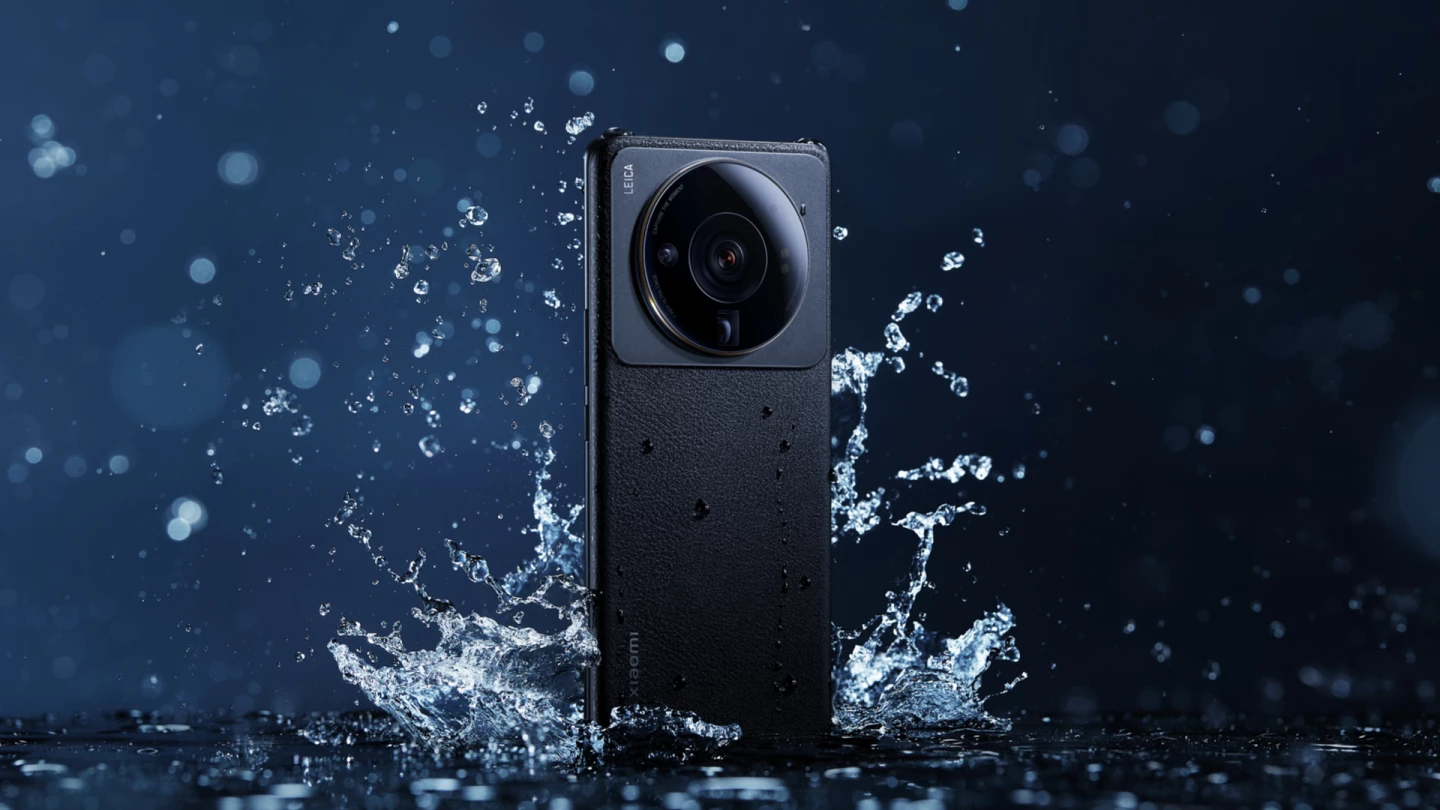Consumer electronics and mobility company Xiaomi has announced the mainland China launch of the 12S Series smartphones. Aiming to redefine what's possible with mobile photography, the range-topping Ultra model features a new 1-inch Sony sensor and imaging systems co-engineered with Leica.
The star of this particular show is the 12S Ultra's rear triple-camera array. Its 48-megapixel ultra-wide module uses a Sony IMX586 image sensor that's paired with an 8P Leica Summicron 13-120mm F2.2 aspherical lens which is designed to reduce flaring, ghosting and chromatic aberrations. Other notable features include dual-PD autofocus and support for macro shooting.
The 50.3-MP wide-angle camera is even more impressive, with Xiaomi boasting that it "sets a new precedent in smartphone cameras, approaching traditional cameras in terms of hardware specifications." The module employs Sony's new 1-inch IMX989 sensor with a quad-Bayer pixel array and 23-mm F1.9 optics with a multi-layer ultra-low-reflectance coating. Optical image stabilization and octa-PD phase AF are also on offer.
And the trio's final member is a 48-MP telephoto that uses the same sensor as the ultra-wide but works with a 120-mm F4.1 periscope lens. Optical and electronic image stabilization are cooked in here, along with a bunch of Leica filters for authentic or vibrant photographic styles, to help mobile photographers achieve an authentic Leica feel.

Still images can be recorded in 10-bit RAW format for easier post-production tweaking, with Xiaomi noting that "when using Adobe Lightroom to open photos shot on Xiaomi 12S Series, Adobe Camera RAW software will automatically optimize photos based on metadata, providing professional photographers with a good starting point for post-production."
The Ultra is also the "first Android device to support Dolby Vision HDR video recording and playback" for the promise of vivid colors, excellent contrast and rich details.
Users can tap into 7,680 x 4,320 video recording at 24 frames per second, 4K at up to 60 fps or Full HD at 480 fps for slow motion capture – though dropping the video resolution down to 720p puts super slow-mo speeds of 3,840 fps at their disposal.
Moving around front, there's a 32-MP selfiecam punching through the 6.73-inch Samsung E5 AMOLED display with Dolby Vision TrueColor. That 3,200 x 1,440-resolution, 522-ppi screen features 10-bit native color and support for the DCI-P3 color gamut too, has an adaptive refresh rate of 120 Hz, and can manage 1,500 nits of peak brightness.
The handset runs Qualcomm's Snapdragon 8+ Gen1 mobile chipset, which is said to have a core area that's 21 percent smaller than the Snapdragon 8 Gen 1, and promises improved processing and graphics performance while also proving more energy efficient. System support comes as up to 12 GB of LPDDR5 RAM and 512 GB of UFS 3.1 storage, while a brand new liquid cooling system helps keep the smartphone running smoothly during heavy usage loads.

Elsewhere, there's dual 5G, Wi-Fi 6, Bluetooth 5.2 with support for high-resolution streaming via the LDAC codec (aptX Adaptive is also included), and a 4,860-mAh battery with 50-W wireless charging or 67-W cabled charging, plus the phone can juice up other devices over 10-W reverse wireless charging. It's also reckoned to be the first flagship to sport two surge chips from improved battery management.
The 12S Ultra is IP68-rated for dust- and water-resistance, rocks Dolby Atmos speakers, and runs Xiaomi's MIUI 13 operating system, which is based on Android 12. It launches initially in mainland China in two color options for a starting price of RMB 5,999 (about US$895).
The other two models that complete the new 12S Series are the standard 12S that starts at RMB 3,999 and the 12S Pro, which has a starting price of RMB 4,699. The global rollout schedule has yet to be revealed.
Product page: Xiaomi 12S Ultra









